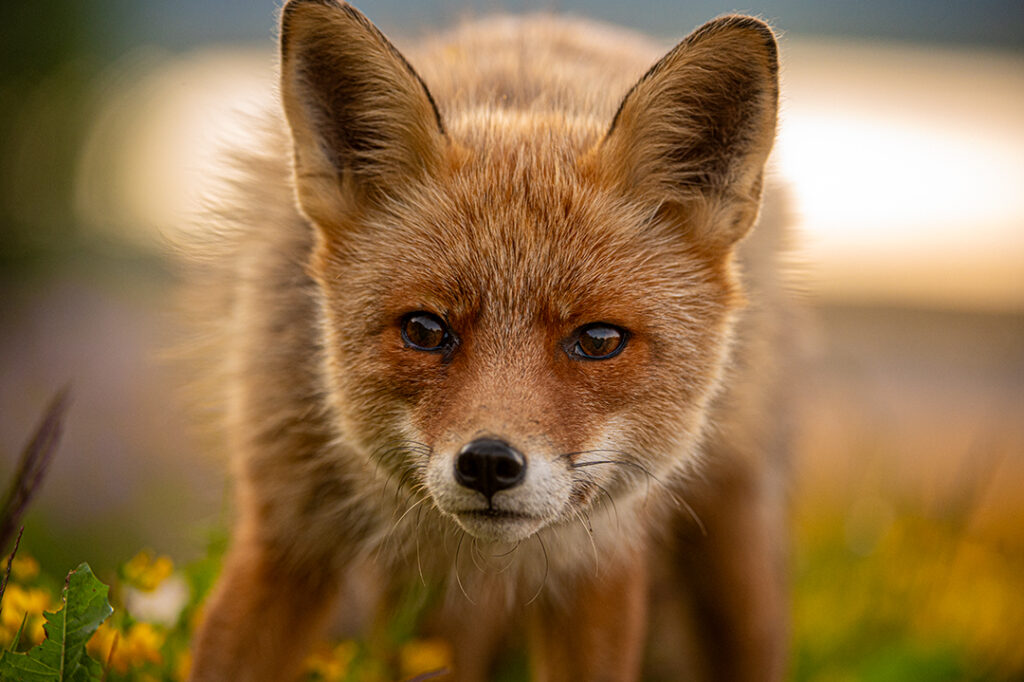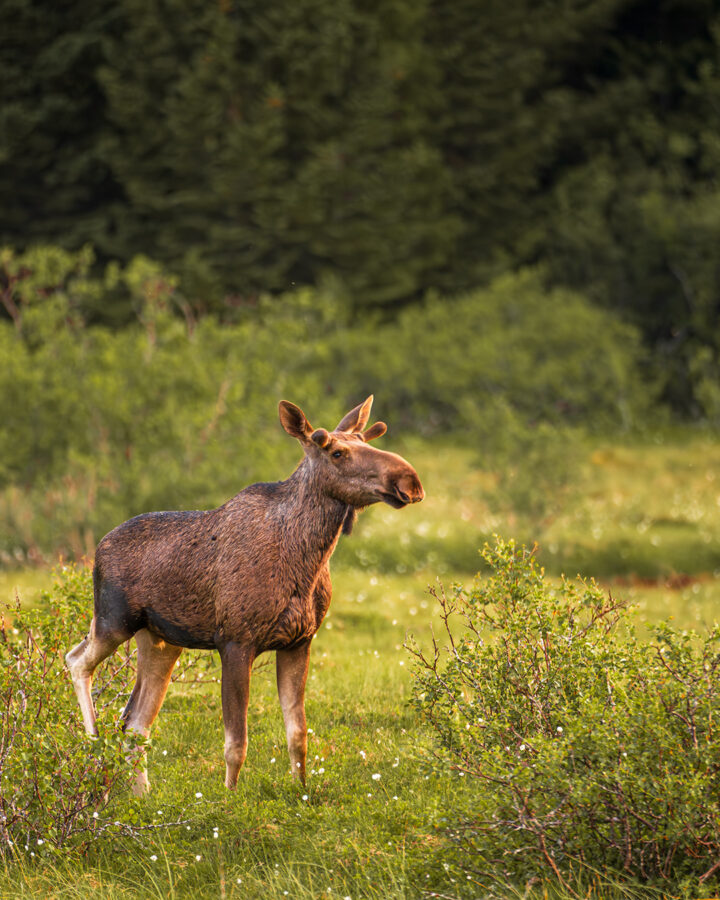It’s #TravelTuesday and I, Dave Williams, am here as always, writing this week from my new home, the Lofoten Islands in Arctic Norway. If you follow my adventures, it will come as no surprise that I’ve been working towards settling in the north and now I’m a week into my new surroundings it’s very interesting to compare and contrast the feeling of visiting versus the feeling of living here. I’ll continue to do what I already do, including writing here and in Photoshop User, but I had to get a job here to get my visa. During my visits here I made some connections, and I’ve taken the position of photo guide and marketing manager for Discover Lofoten, specialising in the northern lights, of course. I’ll be hosting workshops and leading tours geared towards photography so if you’re in the business of organising expeditions or photo workshops, feel free to hit me up.
Before we get into the day’s wildlife topic, I want to make a Platypod-related announcement. Firstly, the Users Group on Facebook is still growing, which is awesome. When we hit 1,500 members, there will be an open prize draw, and every group member will be in the running to win a brand new Platypod Elite, which is epic

One of the local residents here in Lofoten is this little red fox. He’s very friendly and curious, and he prompted me to make today’s post about wildlife photography. As with all genres, I urge you to give it a try. It may not be for you, but even just by trying it out, you’re likely to pick up some skills that you can take back into your own genre.

The moose is the largest mammal wandering around here. They’re both easy and difficult to find simultaneously- when you want to see one it requires some effort, but when you’re just trying to drive somewhere, you’ll likely see many of them.
Getting a great wildlife shot can involve a variety of things. Each photographer has different priorities. Often we’ll find that the ‘technical correctness’ of a shot is important to wildlife photographers, but I like to concentrate more on portraying an animal’s character and finding good light and surroundings.
The best advice I can give to those of you wanting to give it a try is to be patient, concentrate on the animal’s eyes, compose a great frame, and don’t ever intrude and make an animal feel uncomfortable. Let’s break that down: –
Patience
Wild animals need to be comfortable to have you around them. They need to know you aren’t a threat, and they need to know their escape route. If you want to get close enough to any wild animal to get a great shot, you need to be patient, calm, be non-threatening, and only then will you be able to get close. It can take years for some professional wildlife photographers to get close to wild animals, so bear that in mind when you’re out shooting. The fox doesn’t generally trust people – he trusts a few of us who he’s come to know by sound and smell.
Eyes
Just like in portrait photography, it’s all about the yes. If we focus on the eyes, we tell more of a story and unlock the character of the wild animal in the photo. Many cameras have the technical ability to lock focus on an animal’s eyes, which is a great help, and I can’t stress how important it is to have the eyes in focus. If the eyes aren’t sharp, just scrap the shot and try again. If there’s only one eye in the shot or the eyes are staggered, focus on the closest eye for the best results.
Composition
Composition still matters in wildlife photography, which can often be difficult when the pace is so much faster. Leaving some space around the edges and cropping to create a great composition in post is a great idea. One tip to take from bird photography is not to have the sky behind the subject but to use the landscape as the background, which helps to create depth throughout the scene and convey a sense of place. Don’t throw out what you know about composition under the pressure of trying a new genre of photography.
Finally, never make an animal uncomfortable, It goes without saying, really. If you see signs of stress – wide eyes, ears back, panting, looking for an escape route etc. – you must leave the animal alone to calm down.
There we have it for this week. I’d love to see your wildlife photos and so would the team at KelbyOne so tag @kelbyonepics on Instagram and show us what you’ve got!
Much love
Dave



1 comment